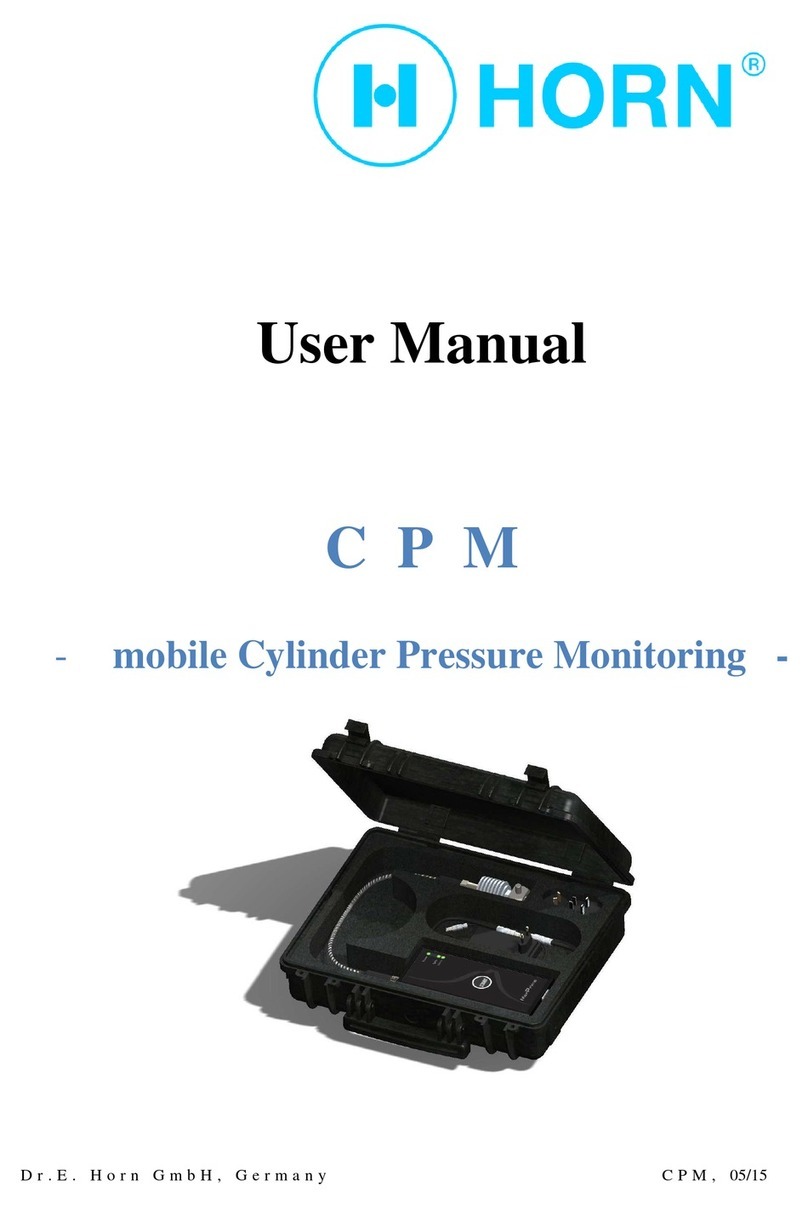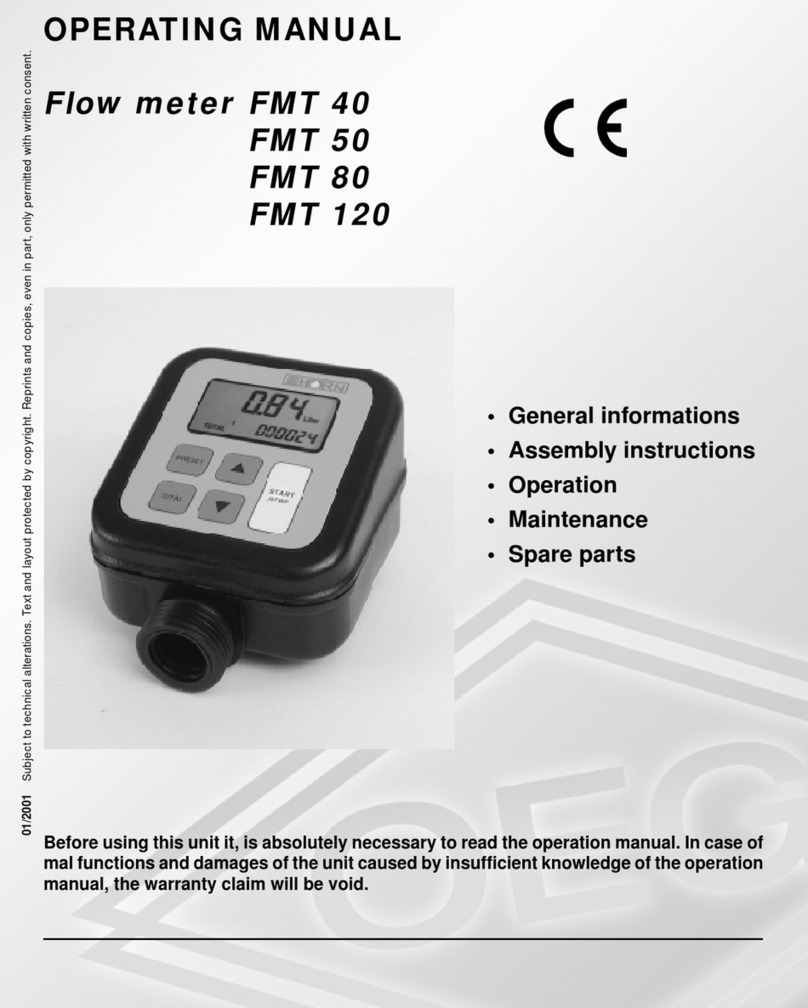1538 101-B Manual flow meter FMOGne 3
Table of content
1.
1.1.
1. Safety instructions
Safety instructionsSafety instructions
Safety instructions
................................
................................................................
................................................................
................................................................
..............................................................
............................................................
..............................
2.
2.2.
2. Technical description
Technical descriptionTechnical description
Technical description
................................
................................................................
................................................................
................................................................
.........................................................
..................................................
.........................
6
66
6
2.1 Description ................................................................................................................. 6
2.2 Product versions ...................................................................................................... 6
2.3 Technical data ........................................................................................................... 6
2. Elements of the FMOG ........................................................................................... 6
2. .1 Display ............................................................................................................ 6
2. .2 Keyboard ....................................................................................................... 6
2. .3 Battery............................................................................................................ 7
2. . Recording of measurement values ....................................................... 7
3.
3.3.
3. Operating manual
Operating manualOperating manual
Operating manual
................................
................................................................
................................................................
................................................................
................................................................
................................................................
................................
7
77
7
3.1 Delivery state ........................................................................................................... 7
3.2 Basic state, flow measurement ........................................................................... 7
3.3 Reset – “Reset” key ................................................................................................. 7
3. Totaliser – Key “Total”............................................................................................ 7
3.5 Calibrating factor display – Keys “Total” + “Reset” ...................................... 7
.
..
. Fault monitoring
Fault monitoringFault monitoring
Fault monitoring
................................
................................................................
................................................................
................................................................
................................................................
................................................................
..................................
....
..
8
88
8
.1 Battery symbol display in the basic state ....................................................... 8
.2 Display of five dashes “-----“ ............................................................................... 8
5.
5.5.
5. Meter programming
Meter programmingMeter programming
Meter programming
................................
................................................................
................................................................
................................................................
............................................................
........................................................
............................
8
88
8
5.1 General ........................................................................................................................ 8
5.2 Changing over into the programming mode ................................................... 8
5.3 Setting the measurement unit ............................................................................. 8
5. Setting the calibrating factor ............................................................................... 9
5.5 Resetting all settings (initialisation) .................................................................. 9
5.6 Ending the programming mode .......................................................................... 9
6.
6.6.
6. Maintenance
MaintenanceMaintenance
Maintenance
................................
................................................................
................................................................
................................................................
................................................................
................................................................
.......................................
..............
.......
10
1010
10
6.1 Cleaning the sieve in the handle ..................................................................... 10
6.2 Leak test .................................................................................................................. 10
6.3 Cleaning the system ............................................................................................. 10
7.
7.7.
7. Repair and service
Repair and serviceRepair and service
Repair and service
................................
................................................................
................................................................
................................................................
............................................................
........................................................
............................
10
1010
10
8.
8.8.
8. Dis
DisDis
Disposal
posalposal
posal
................................
................................................................
................................................................
................................................................
................................................................
................................................................
...............................................
..............................
...............
10
1010
10
8.1 Return of batteries ............................................................................................... 10
9.
9.9.
9. Declaration of conformity
Declaration of conformityDeclaration of conformity
Declaration of conformity
................................
................................................................
................................................................
................................................................
...............................................
..............................
...............
11
1111
11





























